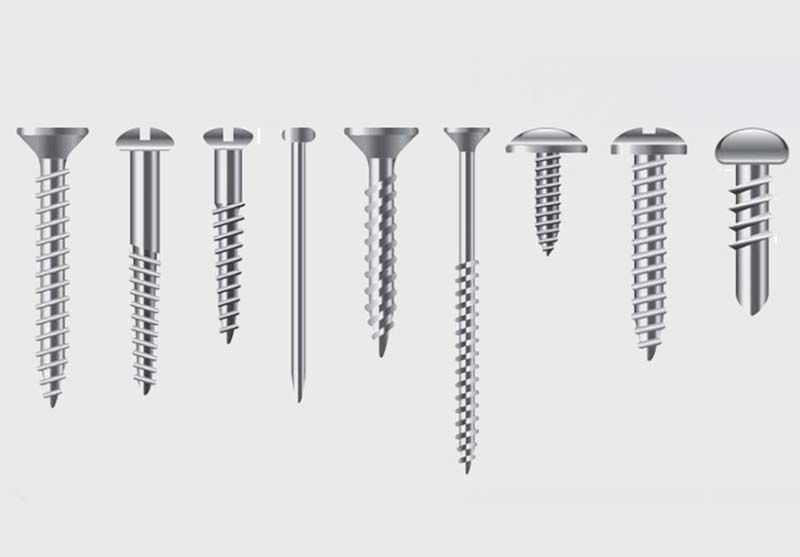Unravel the mysteries of UTS screw charts in the Imperial system with our comprehensive guide. Learn how to navigate the intricate world of screw sizing and understand the precise measurements behind each UTS screw, simplifying your hardware projects like never before.
Our extensive screw chart also specifies the screw pitch in inches, which is the distance between each thread.
This could come in handy if you’re converting from the metric system to the imperial system, but it’s not something that UTS screw charts generally have.
Finally, the callout on the screws box may have a tolerance class number, the LH symbol if the screws are left-handed, and the screw length.
So, to sum up, here are six terms you should familiarize yourself with within the UTS system:
Thread standard
Gauge
Threads per inch (TPI)
Screw length
Tolerance class
LH or RH
1. Thread Standard
There are two thread standards under the UTS chart: course (UNC) and fine (UNF).
There’s also the extra-fine screw thread standard (UNEF), but it’s not as popular as the other two.
2. Gauge (Major Diameter)
The screw gauge is the diameter of the outside thread in inches, better referred to as the “major diameter.”
Anything less than ¼” will be labeled from #0 to #12. #0 has an outside diameter of 0.06 inches, while #12 has an outside diameter of 0.216 inches.
After #12, the gauge size is labeled according to the outside diameter. If the screw has an outside diameter of 0.25 inches, the gauge size will be ¼”, and so on.
Knowing this will help you know what drill bit sizesto use when drilling into wood, metal, plastics and any other material.
3. Threads Per Inch (TPI)
TPI stands for the number of threads per inch. It’s specified right after the screw gauge.
Let’s put this into perspective:
If you have a screw that has a #8 gauge. This screw will have 32 threads in a one-inch section of a coarse screw (#8-32 UNC).
If the screw is from the fine series, it’ll have 36 threads per inch (#8-36 UNF).
5. Screw Length
Just like with nail sizing, a screw length is the length of the shaft. The shaft is the part of the screw that goes into the surface.
Some screws have heads that can be driven completely into the surface.
This means that the head of the screw is part of the screw length.
Screws that can be driven completely into a surface are known as countersinking screws.
Some screws, like truss-, round-, hex-, button-, and pan-head screws don’t go all the way into the surface.
These screws are known as non-countersinking. The screw length is measured from beneath the screw head to the tip.
When reading the callout on a box of screws, you’ll see the screw length specified at the very end of the callout.
So, if you see a .5 at the end of the callout, this means that the screw length is ½ inch long.
6. Tolerance Class
The tolerance class indicates which type of holes or nuts the screw can fit into.
You’ll find it specified after the screw length. There are five tolerance classes, from class 1 to class 5.
Size 1 screws fit more loosely than size 2 screws. This is because they have more space between their threads. Size 3 fits the tightest.
There may also be the letter A or B next to the number, which indicates a slightly different size.
7. Right-Handed or Left-Handed
Finally, left-handed screws are labeled with the symbol LH, right after the tolerance class.
Left-handed screws are threaded in reverse, which may confuse you if you’re not aware of the LH symbol.
Left-handed screws loosen when you turn them clockwise and tighten when turned counter-clockwise.
Kingsdun is a precision screwdriver manufacturer, if you are looking for a Chinese screwdriver manufacturer, please contact us, we will give you the most sincere advice, thank you
